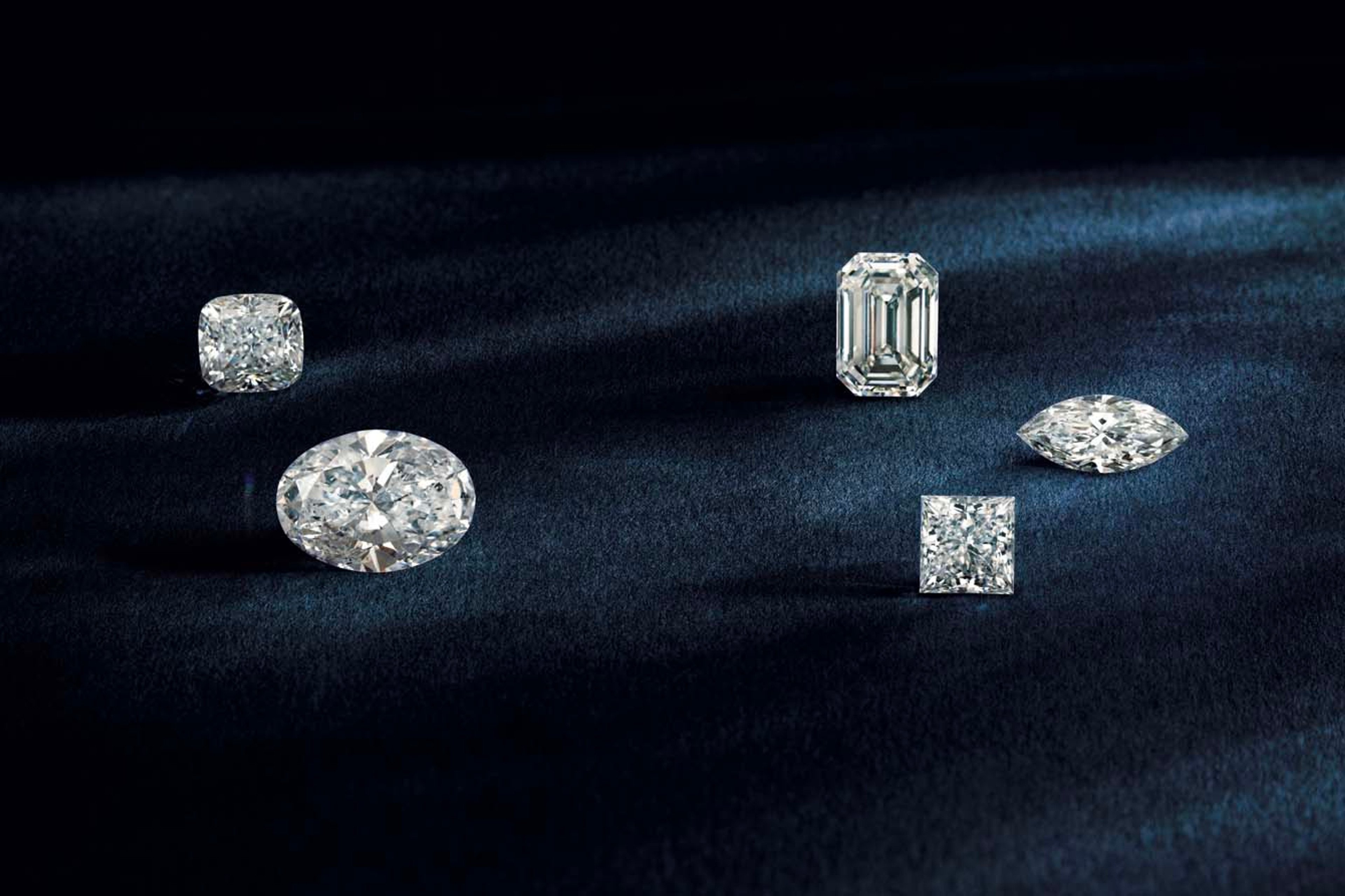When we think of diamonds, our minds often leap to images of sparkling engagement rings that symbolize love and commitment. But did you know there's a hidden geometric principle that makes these precious stones even more captivating? Introducing the diamond ratio—a concept that goes beyond the surface brilliance of diamonds to reveal the secrets of perfect balance and symmetry. In the diamond industry, understanding the diamond ratio is key to crafting engagement rings that are not only visually stunning but also harmonious in their proportions. In this blog, we'll delve into the essence of the diamond ratio, exploring how it enhances the beauty of diamonds.
Understanding the Diamond Ratio
Understanding the diamond ratio can greatly enhance your experience when selecting the perfect engagement ring. The diamond ratio, which represents the ideal width-to-height proportion of a diamond, is crucial in achieving a stone that is both visually stunning and well-balanced. When choosing an engagement ring, paying attention to the diamond ratio helps you select a stone that maximizes light reflection, enhancing its brilliance and fire. By understanding and appreciating the diamond ratio, you can ensure that your chosen diamond will dazzle for a lifetime.
Why Diamond Ratio Matters
The diamond ratio directly influences the diamond's overall appearance and quality. This ratio pertains to the precise proportions and angles of a diamond, which are critical in determining how light interacts with the stone. A diamond cut to the ideal ratio reflects light internally from one facet to another, dispersing it back through the top of the diamond, creating the dazzling sparkle and brilliance that captivates the eye.
A well-proportioned diamond, cut to the ideal ratio, will exhibit maximum fire (the dispersion of light into various colors), brilliance (the brightness from the white light reflection), and scintillation (the sparkle when the diamond moves). These qualities are what make diamonds so sought after.
Additionally, the diamond ratio significantly influences the perceived shape and proportions of a diamond, making it appear more “elongated” or “more squat”, depending on how it is cut. This aspect is particularly crucial for certain diamond shapes like ovals, radiants, marquises, pears, and emerald cuts, where the length-to-width ratio plays a pivotal role in their overall appearance.
Calculating the Diamond Ratio
Diamond ratio is calculated by dividing the length of the diamond by its width. For example, if a diamond measures 6mm in length and 4mm in width, its length-to-width ratio would be 1.5:1. An ideal length-to-width ratio varies depending on the shape of the diamond. Understanding and calculating the diamond ratio helps jewelers, gemologists, and consumers assess the balance and symmetry of a diamond, ensuring it meets desired aesthetic standards.
Popular Ratios for Different Cuts
The ideal length-to-width ratio varies significantly across different cuts of diamonds, as each shape has its own aesthetic standards that maximize its visual appeal. For round brilliant cuts, the ideal ratio is 1:1, ensuring perfect symmetry and a balanced, round appearance. Oval cuts, on the other hand, have an ideal ratio ranging from 1.25 to 1.5, providing a pleasing balance between length and width while enhancing the diamond's sparkle and minimizing the bow-tie effect.
Marquise cuts showcase their distinctive elongated shape best with ratios between 1.85 and 2.0, creating an elegant and dramatic look. Pear cuts look most attractive with a ratio of 1.45 to 1.75, which emphasizes their teardrop shape without appearing too stretched. Emeralds, known for their step cuts and clarity, typically have ideal ratios of 1.3 to 1.4, respectively, ensuring a classic, balanced appearance. These are just a few ideal ratios for different diamond cuts that helps jewelers and consumers select diamonds that meet desired aesthetic standards.
Diamond Ratios
Oval: 1.37-1.55
Pear: 1.55-1.70
Marquise: 1.90-2.10
Heart: 1.00-1.20
Cushion: 1.00-1.04
Radiant: 1.25-1.40
Princess: 1.00.104
Emerald: 1.35-1.50
Asscher: 1.00-1.04
All of these are very subjective to the ring buyer. These ratios do not mean one is better than the other. Some may opt for a larger diamond ratio to get that more elongated look or may opt for a smaller diamond ratio. These are just simple guidelines when shopping for diamonds. To each their own!
Have a question? We can help!
Gage Diamonds is Chicago's premier jewelry showroom and online retailer of engagement rings, wedding bands, and fine jewelry. We offer a selection of dazzling handpicked diamonds, including certified natural and lab grown diamonds.
We’re committed to helping you find the ring of your dreams. For inspiration, browse our selection of natural and lab grown diamonds, or set up an appointment with a member of our trusted staff at our in-person showroom.
We offer no-credit-needed financing – feel free to apply and get your approval within 24 hours!
Pay over time, because love shouldn’t wait.
